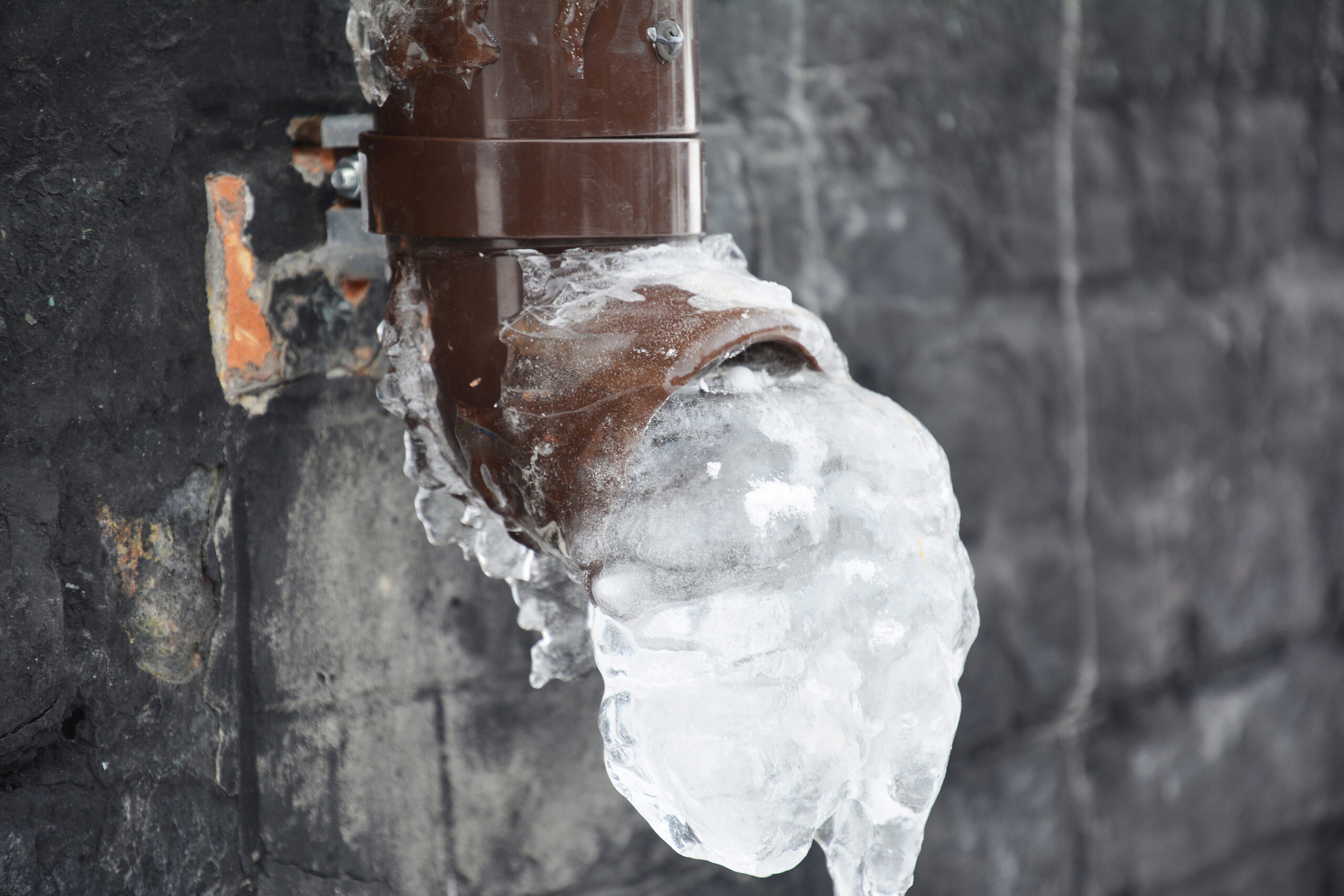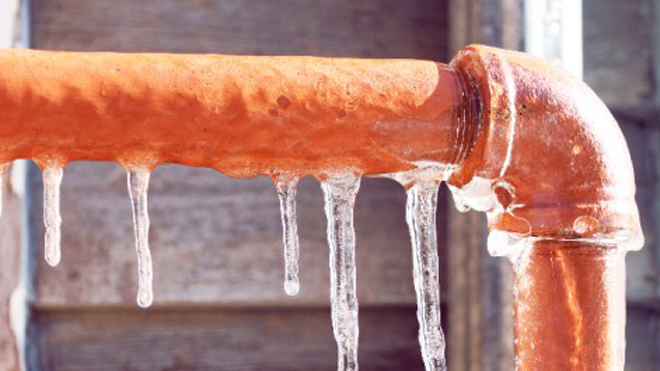Just about every person has their personal theory with regards to Helpful Tips to Prevent Frozen Pipes this Winter.

Winter can ruin your plumbing, especially by freezing pipes. Here's just how to prevent it from occurring and what to do if it does.
Intro
As temperature levels decline, the risk of icy pipelines rises, potentially resulting in expensive repair services and water damages. Recognizing just how to stop icy pipelines is critical for homeowners in cool environments.
Avoidance Tips
Protecting susceptible pipes
Wrap pipelines in insulation sleeves or utilize warm tape to protect them from freezing temperature levels. Concentrate on pipes in unheated or exterior locations of the home.
Heating strategies
Keep indoor areas appropriately heated up, specifically areas with pipes. Open cupboard doors to allow warm air to circulate around pipes under sinks.
Just how to recognize frozen pipelines
Look for lowered water flow from taps, unusual smells or sounds from pipelines, and visible frost on exposed pipes.
Long-Term Solutions
Architectural changes
Think about rerouting pipelines away from exterior wall surfaces or unheated locations. Include added insulation to attics, basements, and crawl spaces.
Updating insulation
Invest in high-grade insulation for pipelines, attics, and walls. Correct insulation assists preserve consistent temperature levels and minimizes the risk of icy pipelines.
Shielding Outside Plumbing
Yard hose pipes and outdoor taps
Detach and drain pipes garden hoses prior to winter season. Install frost-proof faucets or cover exterior taps with insulated caps.
Recognizing Frozen Pipes
What creates pipelines to freeze?
Pipes ice up when subjected to temperatures below 32 ° F (0 ° C) for prolonged durations. As water inside the pipes freezes, it increases, putting pressure on the pipe wall surfaces and possibly creating them to burst.
Risks and damages
Frozen pipelines can lead to water interruptions, property damage, and costly fixings. Ruptured pipelines can flood homes and create comprehensive structural damages.
Signs of Frozen Pipes
Identifying icy pipes early can avoid them from bursting.
What to Do If Your Pipelines Freeze
Immediate actions to take
If you believe icy pipes, keep taps available to ease pressure as the ice melts. Use a hairdryer or towels taken in hot water to thaw pipes gradually.
Verdict
Preventing icy pipes calls for positive measures and fast actions. By understanding the reasons, signs, and preventive measures, home owners can protect their plumbing throughout winter.
5 Ways to Prevent Frozen Pipes
Drain Outdoor Faucets and Disconnect Hoses
First, close the shut-off valve that controls the flow of water in the pipe to your outdoor faucet. Then, head outside to disconnect and drain your hose and open the outdoor faucet to allow the water to completely drain out of the line. Turn off the faucet when done. Finally, head back to the shut-off valve and drain the remaining water inside the pipe into a bucket or container. Additionally, if you have a home irrigation system, you should consider hiring an expert to clear the system of water each year.
Insulate Pipes
One of the best and most cost-effective methods for preventing frozen water pipes is to wrap your pipes with insulation. This is especially important for areas in your home that aren’t exposed to heat, such as an attic. We suggest using foam sleeves, which can typically be found at your local hardware store.
Keep Heat Running at 65
Your pipes are located inside your walls, and the temperature there is much colder than the rest of the house. To prevent your pipes from freezing, The Insurance Information Institute suggests that you keep your home heated to at least 65 degrees, even when traveling. You may want to invest in smart devices that can keep an eye on the temperature in your home while you’re away.
Leave Water Dripping
Moving water — even a small trickle — can prevent ice from forming inside your pipes. When freezing temps are imminent, start a drip of water from all faucets that serve exposed pipes. Leaving a few faucets running will also help relieve pressure inside the pipes and help prevent a rupture if the water inside freezes.
Open Cupboard Doors
Warm your kitchen and bathroom pipes by opening cupboards and vanities. You should also leave your interior doors ajar to help warm air circulate evenly throughout your home.

I came across that article on How to Prevent Your Pipes From Freezing while surfing the web. Please set aside a second to share this blog entry if you liked it. Thanks a bunch for your time. Return soon.
Book